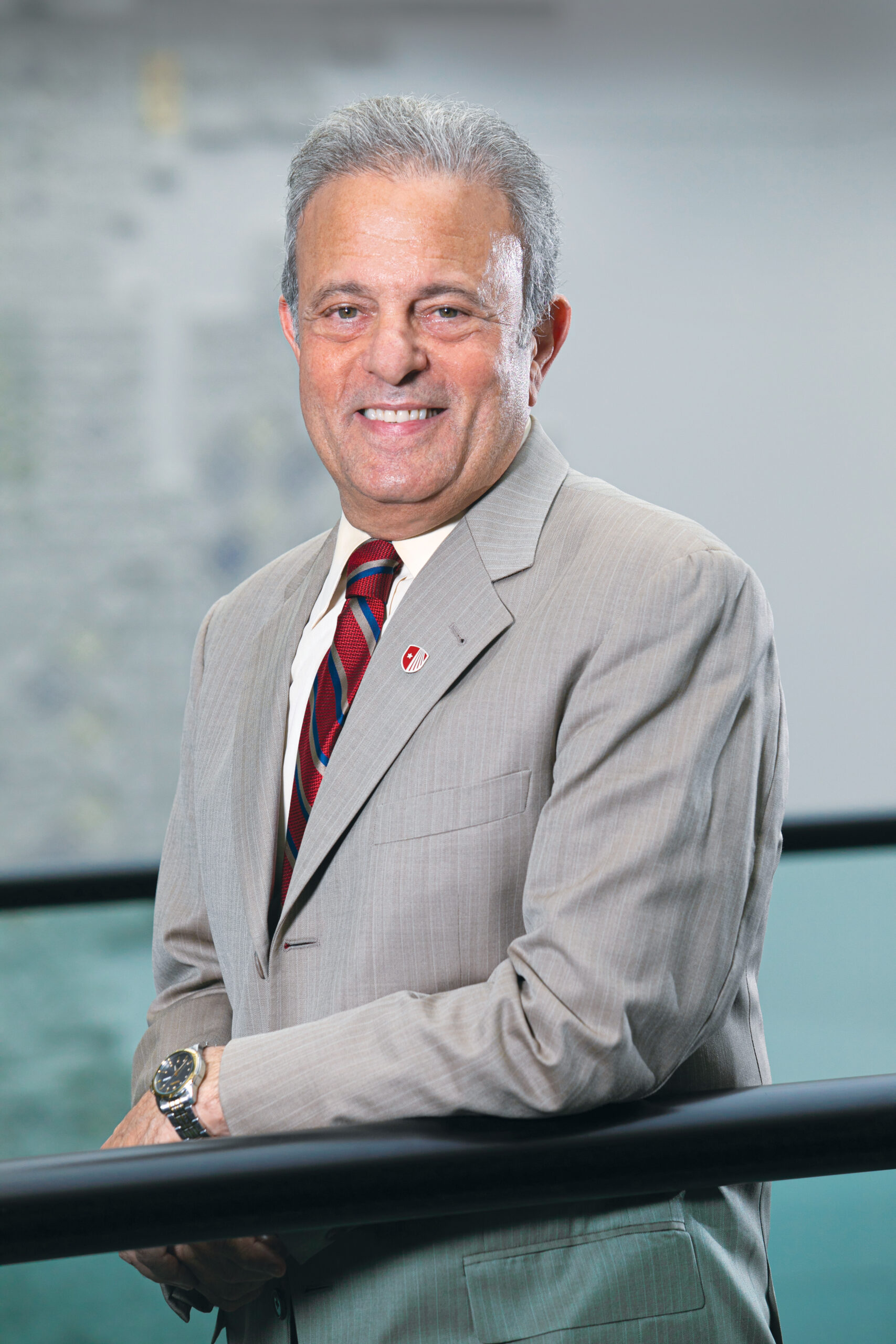
When the Flint water crisis first made national headlines in 2016, public consciousness about water quality in the United States grew exponentially. The devastating situation in Michigan, which is still not resolved, exposed over 100,000 residents to contaminated drinking water and resulted in at least 12 deaths. Although the circumstances that led to this disaster were unique, water contamination in our country is not isolated to one city in the Midwest.
Indeed, 21 million U.S. households—a full 1 in 5—depend on individual on-site or small community septic systems, rather than a public sewer system, to trap and filter their wastewater. This treated water is then used for drinking, even though it often is contaminated with high levels of contaminants, including nitrogen.
In New York alone, one-third of the state’s population is impacted because of its dependence on groundwater for residential drinking. On Long Island, where Stony Brook University is located, 3 million residences rely on an underlying aquifer system for drinking water and, therefore, are at risk.
In total, some 63 million people from across the country are exposed to potentially unsafe water on a regular basis. Such exposure can lead to cancer, gastrointestinal diseases and other health problems.
The situation will only get worse. Just last month, the Trump administration announced it was repealing clean water regulations that limited the amount of harmful chemicals used and potentially discharged into nearby waterways.
What can public universities do?
Higher education is in a position to take the lead on the pressing issue of water quality by leveraging its unparalleled access to cutting-edge research and technology. Such efforts are already taking place at Stony Brook University, where I serve as interim president.
Higher education is in a position to take the lead on the pressing issue of water quality by leveraging its unparalleled access to cutting-edge research and technology.
Scientists at the New York State Center for Clean Water Technology on our campus have developed innovations that would completely mitigate emerging wastewater contaminants before they then pollute groundwater, drinking water and surface water. The center, administered by the New York State Department of Environmental Conservation, is a national prototypical effort to create a bridge between research institutions, regulatory agencies, and public- and private-sector resources to identify regional water quality solutions.
Stony Brook is part of a vast national network of public universities provisioned to benefit the well-being of their respective states and regions, particularly as they relate to ecological and public health concerns. The Planet Texas 2050 initiative, spearheaded by the University of Texas at Austin, is working with a host of community partners to ensure the state’s sociocultural and environmental resilience in the wake of increasing urbanization and extreme weather conditions.
Similarly, the University of California at Los Angeles is convening students, faculty and community members to transition LA County to 100% renewable energy and locally sourced water to improve its ecosystem and the health of its citizens.
Building on innovation
These examples are a small fraction of the countless innovative programs built on the foundation on which public universities were established. In the summer of 1862, President Abraham Lincoln signed the Morrill Act, which provided for land grants to each state to develop a network of universities that would facilitate and support agriculture and the mechanical arts—two industries that were at the time vital to the socioeconomic welfare of the states. At the same time, the universities would help the communities in which they were located to grow and flourish.
Read: How research propels undergraduates
As we reflect on these fundamental principles, it is more important than ever for public universities to take a powerful stand on society’s current challenges. We must align the work of our faculty and students with the needs, goals, and interests of the wider communities in which we subsist. By doing so, we—like our predecessors—will link learning and research with practical application, with the goal of benefiting the greater good.
In the immortal words of Nelson Mandela: “Education is the most powerful weapon you can use to change the world.” Public universities are proud to embrace this call to action.
Michael Bernstein is interim president of Stony Brook University in New York.





